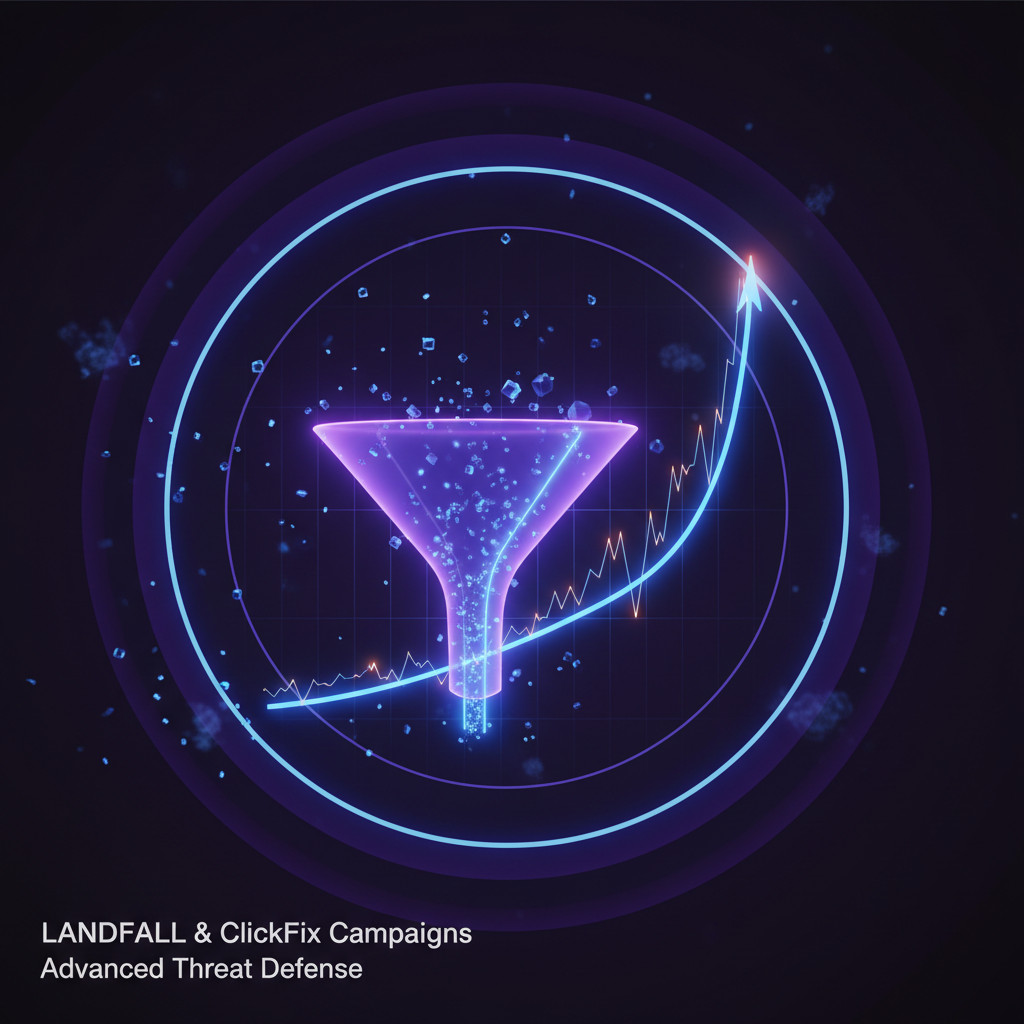CVE-2024-1086: Linux Kernel Vulnerability Exploited for Ransomware
The CVE-2024-1086 Linux kernel vulnerability exploited for ransomware has emerged as an immediate and severe threat to Linux environments. This use-after-free bug in the netfilter nf_tables subsystem allows attackers to escalate privileges to root. As a result, ransomware groups now chain this flaw into file encryption and data exfiltration operations. Because CISA added the bug to its Known Exploited Vulnerabilities catalog, organizations must act immediately.
Urgent patching, inventorying of Linux hosts, and compensating controls can prevent full compromise. Moreover, security teams should review kernel-level logs for indicators of privilege escalation or unexpected root access. However, many enterprises delay updates because of uptime concerns, which increases exposure to ransomware. Therefore, this article guides technical teams on prioritizing vendor patches. It also shows how to validate deployments across cloud and data center fleets.
We cover detection signs, quick mitigations, and risk-based triage methods. Additionally, we map recommended steps to vendor releases and CISA guidance so teams can prioritize effectively. Read on to learn the technical details and urgent actions that reduce ransomware risk from CVE-2024-1086.
What is CVE-2024-1086 Linux kernel vulnerability exploited for ransomware?
CVE-2024-1086 is a use-after-free defect in the Linux kernel netfilter nf_tables code. In simple terms, the kernel frees memory while code still accesses it. Attackers exploit that gap to run arbitrary code at kernel level. As a result, they can escalate from a regular user to root. Therefore, this Linux kernel vulnerability enables full system control and makes hosts attractive targets for ransomware operators.
How the CVE-2024-1086 Linux kernel vulnerability works
The bug occurs inside nft_verdict_init and related nf_tables handling. Because memory is mismanaged, an attacker can:
- Trigger the use-after-free via crafted netfilter rules or malformed packets
- Execute code in kernel space from an unprivileged account
- Gain persistent root access, bypassing userland protections
Moreover, attackers chain this privilege escalation with post‑exploitation tools. As a result, they run file encryption routines and exfiltration scripts. For technical readers, note that this is CWE-416, use-after-free, which is especially dangerous in kernel code.
Why this Linux kernel vulnerability is critical in ransomware attack chains
This flaw is critical because it removes the last barrier for many attacks. In practice:
-
Key features
- Local privilege escalation to root
- Exploitable from unprivileged user accounts
- Targets the netfilter nftables subsystem used widely in Linux firewalls
-
Potential risks
- Full system compromise and ransomware deployment
- Large scale data exfiltration before encryption
- Lateral movement inside enterprise and cloud environments
-
Affected systems
- Enterprise servers and data center hosts
- Cloud VMs running vulnerable kernel versions
- Network appliances and containers using host kernels
Security teams should consult vendor advisories for fixed packages. For reference, see the MITRE entry and distribution guidance. Red Hat published an advisory covering fixes.


Comparison of Practical Mitigations for CVE-2024-1086 Linux Kernel Vulnerability
| Strategy | Pros | Cons | Effectiveness |
|---|---|---|---|
| Apply vendor patches immediately | Removes root cause; minimal complexity | May require reboots; potential downtime | High (5/5) |
| Backported kernel updates or vendor backports | Faster for stable environments; supported fix | Some vendors delay backports; patch testing required | High (4/5) |
| Disable or restrict nf_tables/netfilter features | Reduces attack surface quickly | May break firewall rules; service impact | Medium (3/5) |
| Network-level isolation and strict ACLs | Limits lateral movement and exposure | Needs network redesign; complex at scale | Medium (3/5) |
| Host hardening: SELinux, AppArmor, RBAC | Adds defense in depth; limits post-exploitation actions | Not a full fix; can be bypassed by kernel compromise | Medium (3/5) |
| VM snapshots and immutable infrastructure | Enables quick rollback and recovery | Storage cost; may not prevent data exfiltration | Medium (3/5) |
| Continuous monitoring and kernel-level detection | Detects exploitation attempts early | Requires skilled analysts and tooling | High (4/5) |
| Incident response playbooks and offline backups | Restores operations and reduces ransom risk | Recovery time can be long; backups must be isolated | High (5/5) |
For more information, consult official advisories before applying changes. For technical details see MITRE CVE-2024-1086, Debian guidance, and Red Hat fixes.
Latest updates on CVE-2024-1086 Linux kernel vulnerability exploited for ransomware
Researchers and incident responders confirmed real-world exploitation of CVE-2024-1086. Proof-of-concept exploit code surfaced in March 2024. Soon after, multiple security teams reported attackers using the flaw for local privilege escalation and follow-on ransomware activity.
- CrowdStrike documented active exploitation and detailed exploit techniques on how adversaries bypass KASLR and obtain root shells. See CrowdStrike for analysis: CrowdStrike.
- The National Vulnerability Database lists technical details and affected versions for CVE-2024-1086: NVD.
- Security press coverage ties the kernel flaw to ransomware campaigns and notes increased targeting of cloud and data center hosts: Security Affairs.
Evidence and reported cases of exploitation
Security teams observed exploit chains that start with local code execution. Then actors escalate to root and run file encryption or exfiltration tools. As a result, incidents include full host compromise and lateral movement within networks. Multiple advisories and vulnerability databases recorded exploit sightings and mitigation steps.
For example, Wiz summarizes impact and remediation guidance with affected kernel ranges and patch recommendations: Wiz. Bleeping Computer also reported CISA and other stakeholders alerting organizations to active exploitation: Bleeping Computer.
What experts say and statistics to watch
Security vendors warn that local privilege escalation bugs invite ransomware authors. Therefore, teams should treat CVE-2024-1086 as high priority. Monitor these indicators:
- Proof‑of‑concept release date March 2024
- Multiple public reports of active exploitation April to June 2024
- Affected kernels span long-lived enterprise versions, increasing exposure
Taken together, the evidence demands urgent patching, monitoring, and validation across cloud and enterprise fleets.
CVE-2024-1086 Linux Kernel Vulnerability and Ransomware
CVE-2024-1086 Linux kernel vulnerability exploited for ransomware shows how a single kernel bug can enable catastrophic compromise. Therefore, teams must prioritize vendor patches, validate deployments, and maintain strong monitoring across Linux fleets. Moreover, inventorying assets and applying compensating controls reduces exposure when immediate patching is not possible.
Security teams should focus on short and long term defenses. First, apply vendor patches and backports wherever available. Second, harden hosts with SELinux or AppArmor and restrict nf_tables where feasible. Third, keep offline backups and tested incident response playbooks ready, because backups stop ransom demands from becoming disasters.
Small and medium online businesses can also benefit from practical, efficiency tools. For example, Velocity Plugins offers AI-driven WooCommerce plugins that increase conversion rates and reduce support costs through intelligent chatbots. As a result, teams free time and budget to invest in security tasks like patch validation and monitoring.
In closing, act now but stay calm. With timely patching, layered defenses, and clear recovery plans, organizations can greatly lower ransomware risk. Stay vigilant, test your controls, and keep learning to protect systems against future kernel threats.
Frequently Asked Questions (FAQs) — CVE-2024-1086 Linux kernel vulnerability exploited for ransomware
What is CVE-2024-1086 and why does it matter?
CVE-2024-1086 is a use-after-free bug in the Linux kernel netfilter nf_tables subsystem. It allows an unprivileged user to execute code in kernel space and gain root. Therefore, attackers can deploy ransomware and exfiltrate data. For technical details see the National Vulnerability Database and the MITRE entry.
Which systems and users are most at risk?
Servers, cloud virtual machines, containers using the host kernel, and network appliances face risk. Moreover, long-lived enterprise kernels without recent backports are attractive targets. As a result, both small sites and large data centers must act.
How can organizations protect against exploitation?
Apply vendor patches or backports immediately when available. Also implement host hardening, kernel-level monitoring, and strict network segmentation. See vendor guidance and fixes at Red Hat Errata and Debian Security Tracker.
What detection and response steps should teams take?
Review kernel logs for unusual privilege escalations and unexpected root shells. Deploy kernel integrity tools and retain isolated backups. Finally, exercise incident response playbooks and test recovery regularly.
Should I worry about containers and managed cloud services?
Yes. Containers share host kernels, so vulnerable hosts can compromise containers. Therefore, validate host patch levels in cloud environments and coordinate with providers. For context and reports of active exploitation see Bleeping Computer and CrowdStrike Blog.
Frequently Asked Questions — CVE-2024-1086
What is CVE-2024-1086?
CVE-2024-1086 is a use-after-free bug in the Linux kernel netfilter nftables subsystem that enables local privilege escalation to root. See NVD and MITRE for details: NVD and MITRE.
Which systems are most at risk?
Enterprise servers, cloud VMs, containers that share a vulnerable host kernel, and network appliances running affected kernels.
How should I protect systems immediately?
Apply vendor patches or backports; restrict or disable nftables where feasible; enforce network segmentation; enable SELinux or AppArmor; verify isolated backups. Vendor advisories: Red Hat Advisory and Debian Tracker.
How can I detect exploitation?
Look for kernel OOPS and dmesg anomalies; unexpected root shells or new sudo-less accounts; sudden nft binary activity or unusual netfilter rules; abnormal outbound connections. Use auditd, eBPF tracing, Falco, or kernel integrity tools for alerts.
What immediate response actions should I take if exploitation is suspected?
Isolate the host from the network; capture volatile logs and memory; preserve evidence; rotate credentials and keys; rebuild from a known-good image; restore from offline backups; engage incident response.
Do containers and managed cloud services need special handling?
Yes. Containers inherit host kernel risk. Confirm host patch levels, coordinate with cloud providers, and update managed images promptly.



